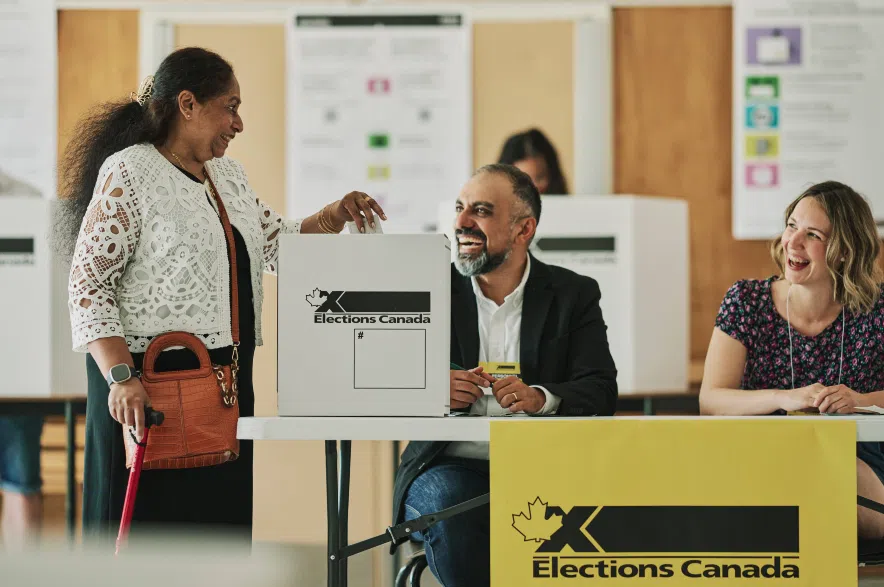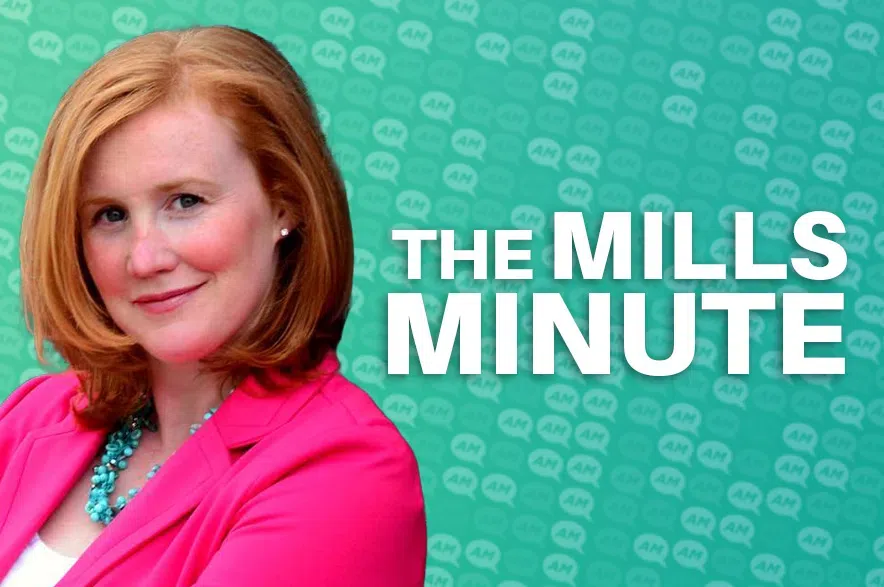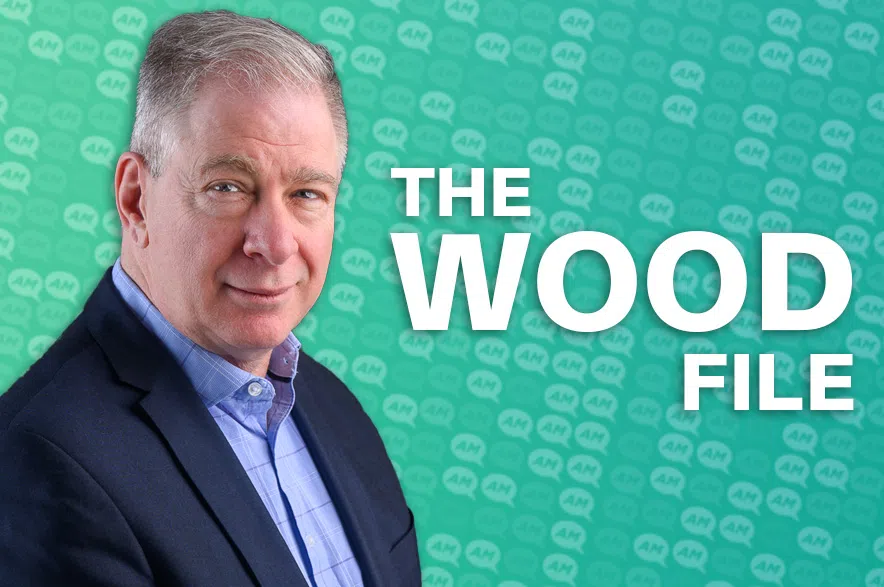Saskatchewanians will be heading to the polls for a third time in six months with a federal election now weeks away.
Municipal elections in November saw some major changes, with Saskatoon electing its first female mayor while Regina had a first-time politician taking the helm.
The provincial election in October saw a slight increase in voter turnout from 2020, with 57% of eligible voters casting their ballots. While Regina and Saskatoon were overwhelmingly orange, blue swept the rural areas, leading the Saskatchewan Party to its 18th year in government.
There was a bit of a shakeup, with more NDP seats being secured than in the last 22 years. The NDP now holds 40.4 percent of the seats in the legislature.
Read More:
- Meet Vassy Kapelos, a fresh voice on 980 CJME & 650 CKOM Saturdays
- Small scale, big dreams: Sask. woman 3D prints mini masterpieces
- Saskatoon sisters reflect on brother’s loss, call for more addiction support
The federal election, set for April 28, 2025, will have Saskatchewan watching if issues like the cost of living and health care are front and centre, while the relationship with the U.S.A. remains unstable.
As 650 CKOM embarks on our coverage of Canada Votes 2025, we’re looking back on past federal elections and what could take shape this spring.
VOTER TURNOUT
Saskatchewan’s population has grown significantly since the last time voters headed to the polls in 2021. Today, 114,186 more residents call the province home, although it’s unclear how many of those new residents meet voting criteria (18 or older, resident status, etc).
In the last federal election, more than half a million people voted in the province, which equaled 77 per cent of the voting population.
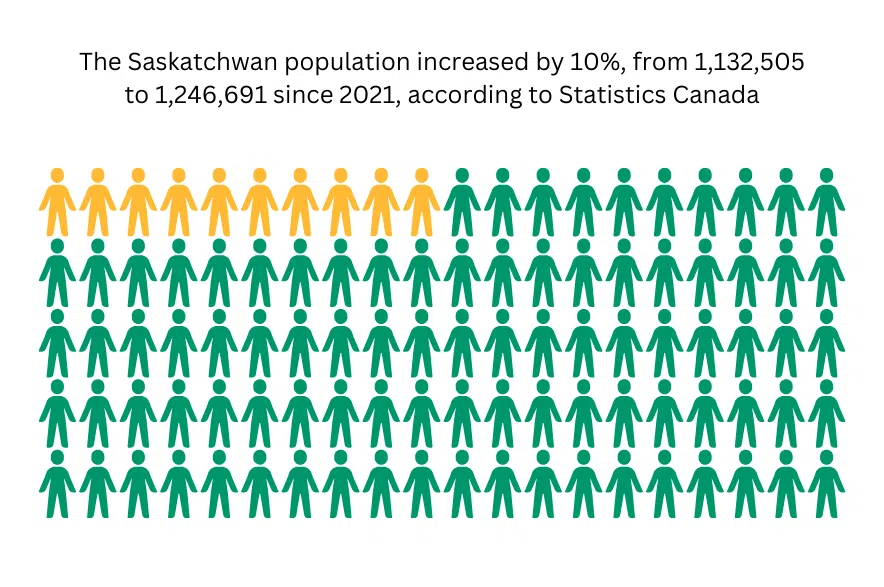
The above shows an increase in Saskatchewan’s population from the last federal election in 2021 with the October 2024 count. (Céline Grimard/650 CKOM)
Out of the 14 ridings, or voting districts, in the province, the highest voter turnout was in Souris- Moose Mountain, located south of Regina, with 76 per cent. The lowest turnout was in Saskatchewan’s northern riding, Desnethé—Missinippi—Churchill River, at 33 per cent.
Key dates:
Here are a few key dates in the 2025 Federal Election. A full list is available here.
- Elections Canada offices will open on March 23 for early voting until Tuesday, April 22, 6 p.m.
- Advance polling stations open on April 18.
- The deadline to apply to vote by mail is April 22.
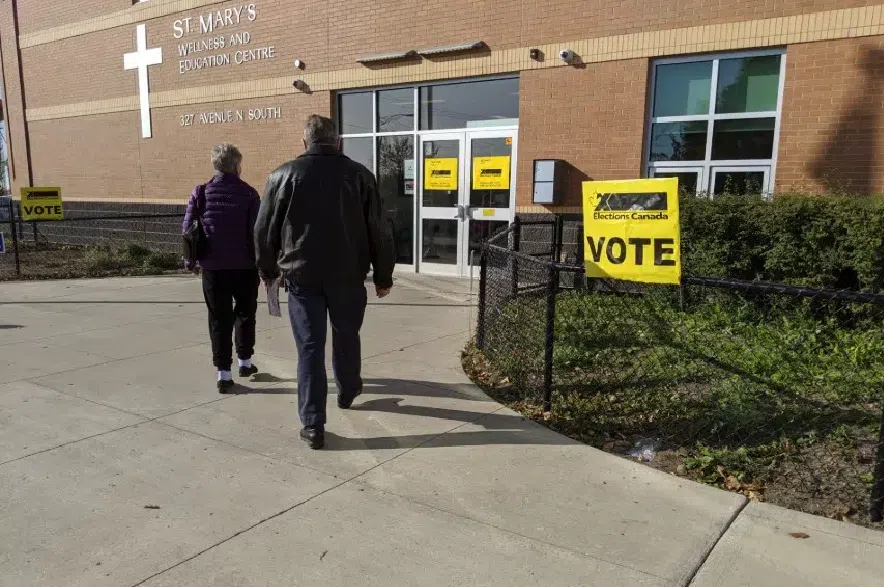
A pair of voters walk into St. Mary’s Wellness & Education Centre in Saskatoon to cast their ballots in 2019. (650 CKOM)
HISTORICALLY CONSERVATIVE
For the last three federal elections, the vast majority of elected MPs in this province have sat with the Conservative Party of Canada.
In 2015, 2 of the 14 ridings were NDP, Georgina Jolibois for Desnethé-Missinippi-Churchill River and Erin Weir for Regina-Lewvan. Ralph Goodale was the Liberal MP for Regina-Wasana.
The wash in Saskatchewan turned entirely blue in 2019 and again in 2021, with all candidates holding a seat for the conservative party.
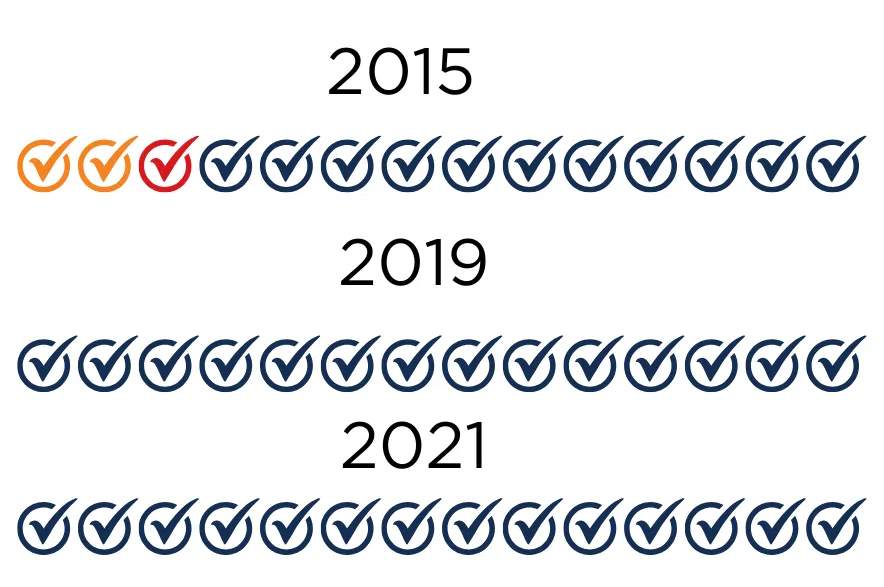
The graph shows how Saskatchewan’s 14 riding’s have voted in the last three federal elections. (Céline Grimard/650 CKOM)
While nominations have started to trickle in, the deadline being April 7, it’s unclear if this momentum will continue.
Premier Scott Moe’s advice to voters this week suggested carefully considering which party has the best plan to strengthen and grow Canada’s economy. “Team Canada” can’t mean sacrificing one region’s economy to defend another,” said Moe on Facebook.
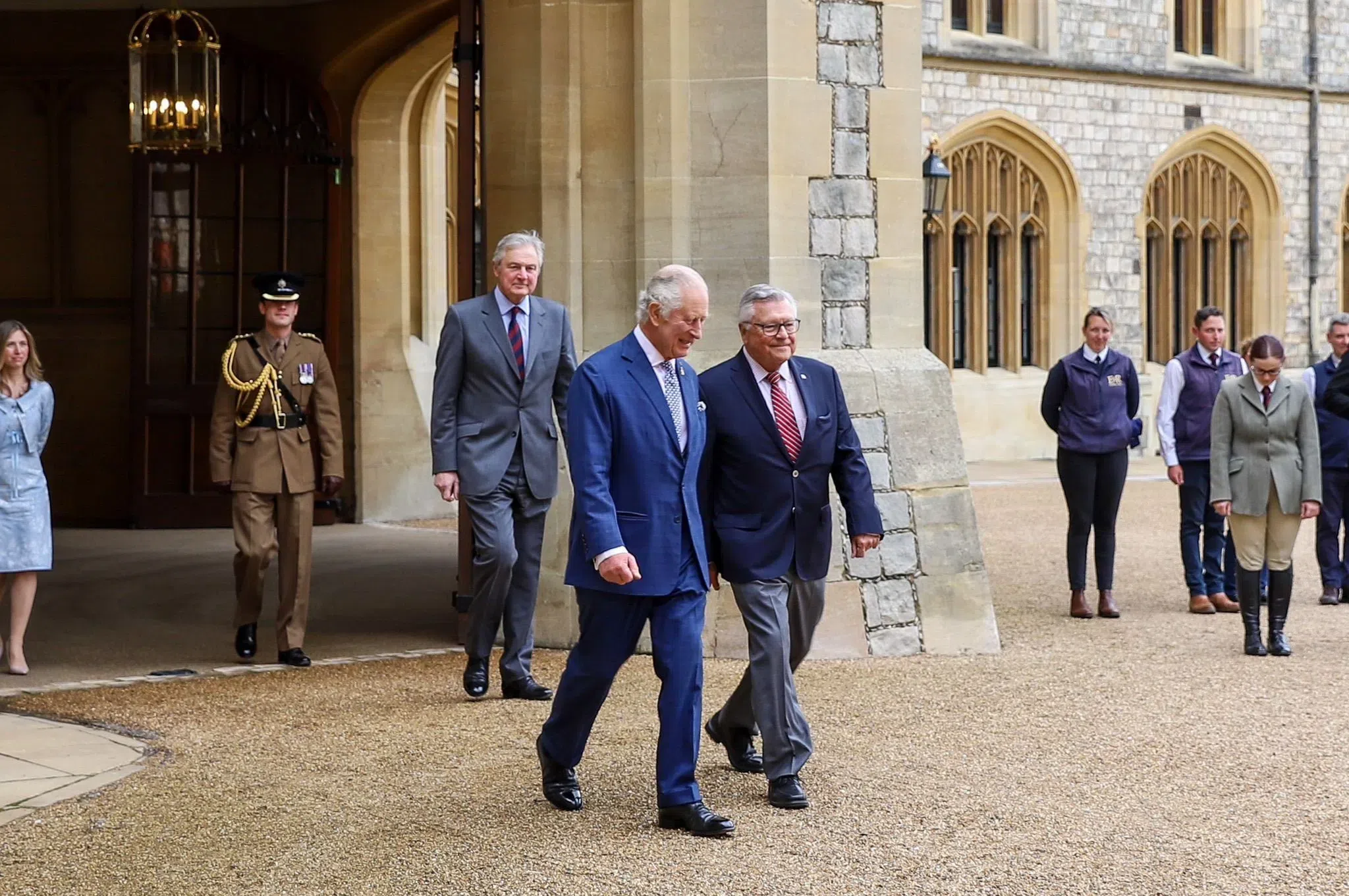
Ralph Goodale, Canada’s High Commissioner to the United Kingdom, with King Charles III. He was known as Saskatchewan’s “lone” liberal MP in Saskatchewan for almost 20 years. (Ralph Goodale/Twitter)
BOUNDARIES CHANGING
Saskatchewan’s electoral boundaries have changed for the 2025 federal election, as they do every ten years to reflect the population cited in the Constitution of Canada.
Electoral boundary changes move lines on a map to make sure each area has about the same number of people. This can shift some voters into new districts.
A new district means they may have different representatives and vote on different issues.
The largest change that will affect the 2025 election is in the north.
“There’s really one riding to watch, and that’s Desnethé—Missinippi—Churchill River. That’s a riding that, over the last 20 years, has been won by the Liberals, the NDP, and the conservatives,” said Daniel Westlake, an assistant professor in the department of political studies at the University of Saskatchewan.
It’s also the riding that has the youngest populations, lowest income and lowest voter turnout, according to Statistics Canada.
Westlake said that while the conservatives could lose that riding in this election, he finds it unlikely that they’ll lose anymore.
“The reality of this province is that there are so many safe conservative seats that it would probably take more than boundary changes to result in anything but conservative wins in most ridings in the province,” he said.
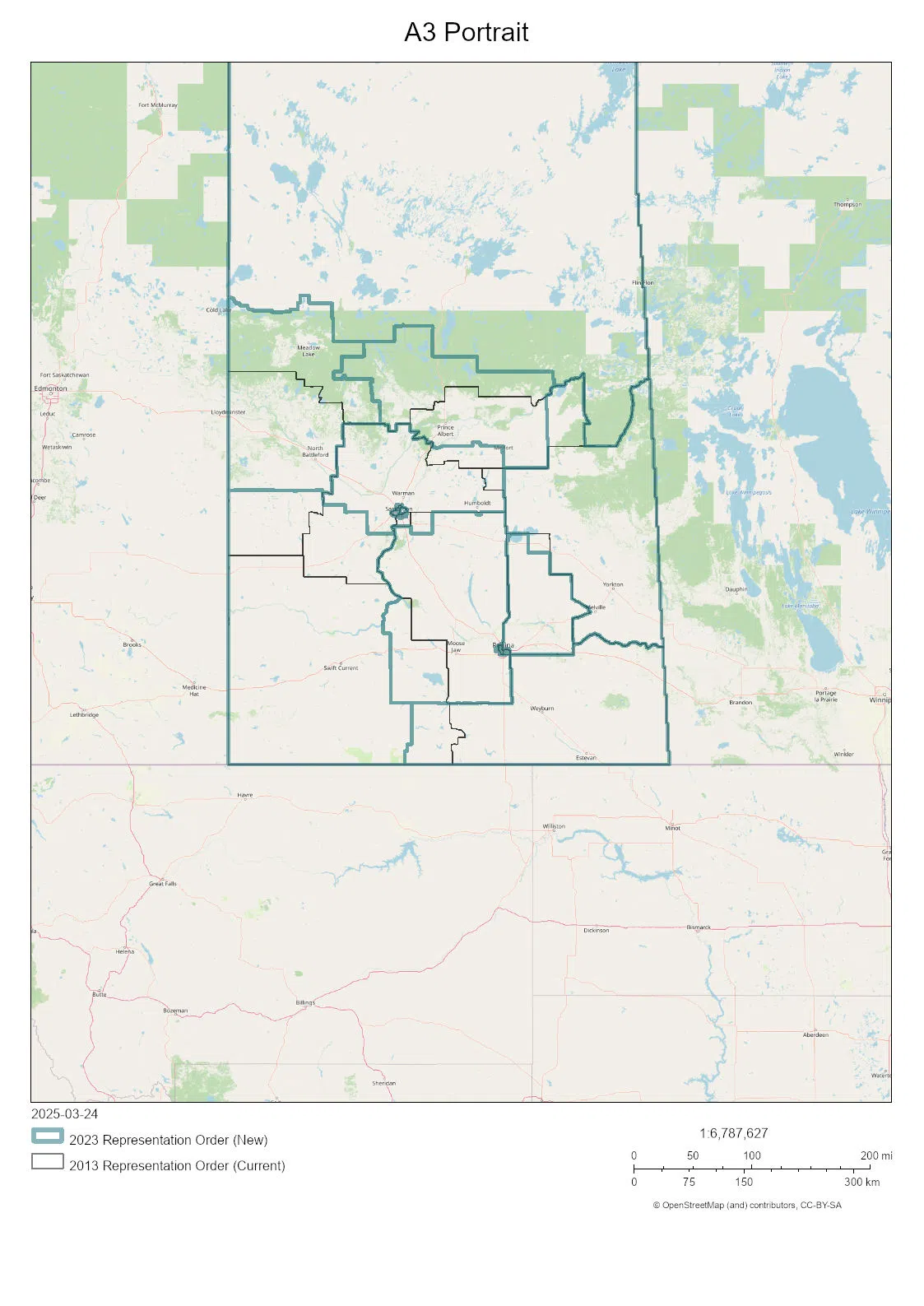
Federal electoral ridings for 2025 are in Blue, while the old are outlined in black.
LANGUAGES IN SASKATCHEWAN
Data from Elections Canada shows that the vast majority of speakers in the province are English at 92 per cent. The remaining eight per cent contain Indigenous, French, German, Tagalog and Mandarin, amongst others.
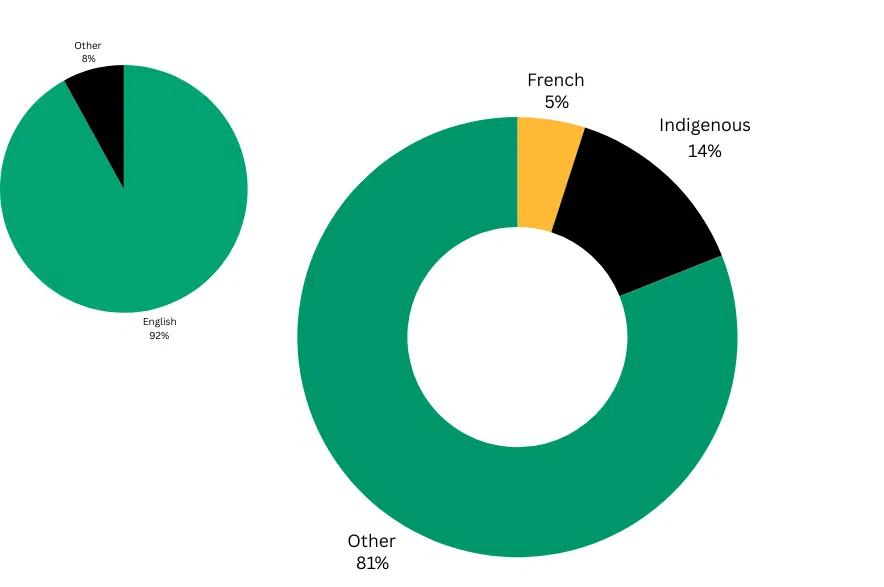
The large circle shows the eight per cent of languages shown aside from English. The list includes Tagalog, German and Mandarin, some of the most spoken languages aside from Canada’s official and Indigenous ones. (Céline Grimard/650 CKOM)
Language is integral for cultures to thrive; knowing what languages people speak helps strengthen relationships.
According to Statistics Canada, the land of the living skies is home to six Indigenous languages.
One of those, Michif, is now classified as ‘critically endangered’ by the United Nations Educational, Scientific and Cultural Organization.
According to Brousse Flammand, “About 30 of us still speak it. It’s still an oral language, meaning, when us 30 die, the language dies,” Flammand said, referring to the number of fluent speakers.
According to Statistics Canada, in 2021, 1,485 people reported being able to have a conversation in Michif. The Government of Canada has acknowledged that the language is critically endangered.
People can find more information about the upcoming April 28, 2025 federal election here.
With files from 650 CKOM’s Brittany Caffet and 980 CJME’s Roman Hayter.
